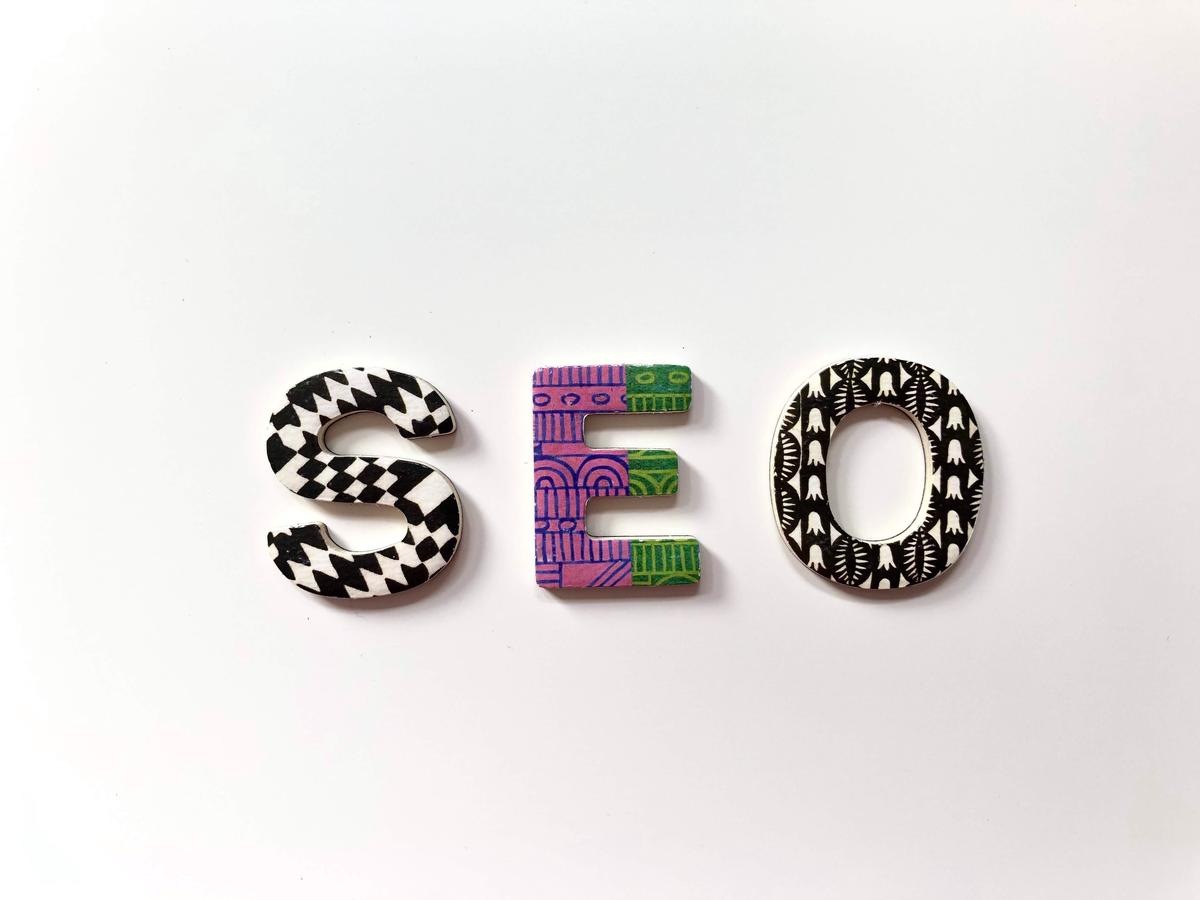In a world constantly flooded with information, creating content that stands out and engages the audience has evolved from just being an art to a vital strategy. Whether it’s a blog post, a marketing campaign, or a simple social media update, the objective remains the same: to attract and retain your audience’s attention. A carefully designed approach combining a deep understanding of your audience, the power of storytelling, and the leverage of SEO optimization is the secret recipe to make your content not just noticed, but impactful.
Understanding Your Audience
The Power of Defining and Understanding Your Target Audience in Content Creation
Deep understanding of your target audience is a game changer in the business landscape. Businesses that have harnessed this power experience growth in brand recognition, customer loyalty and increased sales. Yet, for some, delving into the universe of profiling their target audience and developing tailor-made content seems daunting. Let’s simplify this process and uncover the endless possibilities it presents.
Defining your target audience is the backbone of any customer-centric business strategy. It involves producing a detailed image of who exactly will benefit from your product or service. This is a process that transcends mere demographics to include behavioral characteristics and lifestyle patterns. It demands both quantitative and qualitative research to capture the diversity within your audience.
Understanding your target audience engages the empathetic approach of delving into their needs, desires and pain points. As any standout entrepreneur will tell you, innovation thrives whenever a solution meets a need. Grasping these key points through surveys, interviews, or focus groups positions your enterprise as a solution provider.
The importance of coupling a clear definition of your target audience with a deep understanding of them becomes evident when creating content. These two powerful instruments shape the relevance, appeal, and effectiveness of your content.
Firstly, they ensure your communication method resonates with your audience. Millennials and Gen Z, for example, are more inclined to engage with visual content on social media platforms. Older generations, however, may prefer written resources or email newsletters. Thus, understanding your audience guides you in choosing the appropriate format for your message.
Secondly, they inform the tone and language of your content. If your audience is largely made up of professionals in a technical field, using industry-specific jargon could enhance your credibility. On the other hand, a broad audience without specialized knowledge in your field would appreciate more straightforward language.
Thirdly, defining and understanding your audience can aid in developing content ideas. Recognizing their interests, worries, and values provides a rich bedrock of topics that align with their lifestyle or work. This strategy will inevitably draw more of your audience to interact with your content, enhancing your brand’s visibility and influence.
Finally, tailoring your content to your target audience significantly improves your conversion rates. When your audience feels seen and understood, they trust your brand more. Trust breeds engagement, and engagement ultimately leads to conversions.
Innovation is timeless, confounded only by lack of knowledge. Embrace the path of defining and understanding your target audience. Watch as it revolutionizes your content, aligns your brand with the interest of your consumers, and soars your enterprise to unprecedented heights.

The Art of Storytelling
The Power of Storytelling: Elevating Engagement in Your Content Strategy
Storytelling is an age-old practice, a universal method of communicating that resonates deeply with our human nature. It’s a tool every entrepreneur should be using to capture the hearts of their audience and build an authentic connection. Let’s dive into why and how storytelling significantly elevates engagement and ultimately, the success of your content strategy.
When it comes to drawing in your audience, telling a story creates an emotional connection that is hard to beat. Humans, by nature, are driven by emotions, making them more likely to engage and associate with brands that appeal to their feelings. Storytelling presents an opportunity to connect on a more personal level, forging stronger relationships with your audience, fueling brand loyalty, and organically growing conversions.
In an increasingly competitive market, differentiation is crucial. A well-crafted story promotes your brand voice and individuality, setting you apart from the rest of the pack. Rather than being another faceless entity in your industry, storytelling helps you present yourself as a unique, relatable personality. By showcasing the people, history, and values behind your brand, you encourage your audience to invest not just in your product or service, but in your story.
Similarly, stories enhance the perceived value of your products or services. They humanize your brand, providing context and meaning beyond just the functionality of your offerings. When your audience understands the motivations, inspirations, and challenges that shaped your brand, they’re more likely to view your product or service as a hard-earned achievement, thereby, increasing its perceived value.
Moreover, in the attention economy, where businesses are fighting tooth and nail for each second of consumer attention, storytelling is a remarkably effective tool for capturing and retaining your audience’s focus. By being upfront in your storyline with a compelling hook, you can grab their attention instantly, fueling their curiosity to follow the story till the end.
For a story to be compelling, it should be relatable and resonant. Therefore, use real-life examples and case studies to illustrate your points. By doing so, the audience can visualize the impact and effectiveness of your product or service. These narratives act as social proofs that reinforce the trustworthiness and credibility of your brand.
In summary, storytelling is not an optional luxury for your content strategy—it’s an indispensable necessity. It creates emotional ties, promotes differentiation, enhances perceived value, retains attention, and builds trust. Harness the power of storytelling, inject life into your content, and watch your audience engagement reach new heights. Remember, stories are the essence of human connection, and in business, connection is currency.

Optimizing Content with SEO
The importance of SEO optimization for your content is paramount, and should be considered as vital a component in your strategy as your understanding of your target audience and the storytelling within your content itself. Just as an appealing storefront and engaging product descriptions can attract customers in physical retail environment, effective SEO can enhance the visibility of your digital content, resulting in improved visibility, reach, and ultimately conversions.
SEO, or search engine optimization, is the practical application of certain strategies designed to increase a website’s visibility and rank within search engine results. This enhanced visibility can significantly increase the odds of your content being found by potential customers or clients. Without this optimization, even the most compelling stories and finely attuned targeting can be rendered moot, as simply put, your audience needs to find your content before they can engage with it.
Conducting regular keyword research is key to maintaining effective SEO. This process involves discovering what terms and phrases your target audience is using when searching for products or services like yours. These keywords can then be incorporated strategically into your content, enhancing the likelihood of your site appearing in relevant search results. This practice must be performed continually, as trends and audience behaviors may shift over time, resulting in new optimal keywords.
Additionally, on-page SEO is invaluable and often overlooked as a part of content optimization. This refers to optimizing individual webpages on your site. Elements like the page’s title, meta description, and URL, can vastly influence the overall SEO performance of the webpage. Consistent review and tweaking of these elements can significantly affect your site’s ranking in search engine results.
Securing quality inbound links is a key SEO strategy. These are links from other reputable websites pointing towards your site. They’re important because search engines often view quality inbound links as indicators of a site’s authority and credibility. This again underscores the value of producing valuable content that not only resonates with your audience but also compels other high-authority sites to link to you as a resource.
Last but not least, the user experience of your website is intrinsically tied to SEO. Simply put, search engines aim to provide the best and most relevant content to their users. If your website loads quickly, is easy to navigate, and is responsive on mobile devices, it is more likely to rank well in search results.
SEO optimization is a robust tool in your business arsenal. It perfectly complements the strength that lies in defining your target audience and narrating your brand story. Crucially, it ensures that your finely crafted content is found by the very audience it is designed to engage. This synergy is key to success in the content strategy realm, making SEO optimization not just a wise move, but an absolute necessity in today’s digital landscape.

After covering the major aspects of creating engaging content, we can safely assert that the audience is indeed the fulcrum around which rotates the entire machinery of content creation. Effective use of storytelling and SEO optimization further cranks up the effectiveness of your contents. As you venture into the voyage of creating content, remember that adapting, experimenting, and iterating these principles to suit your unique approach becomes your compass, guiding you in capturing your audience’s mind space and making a difference with your content.






